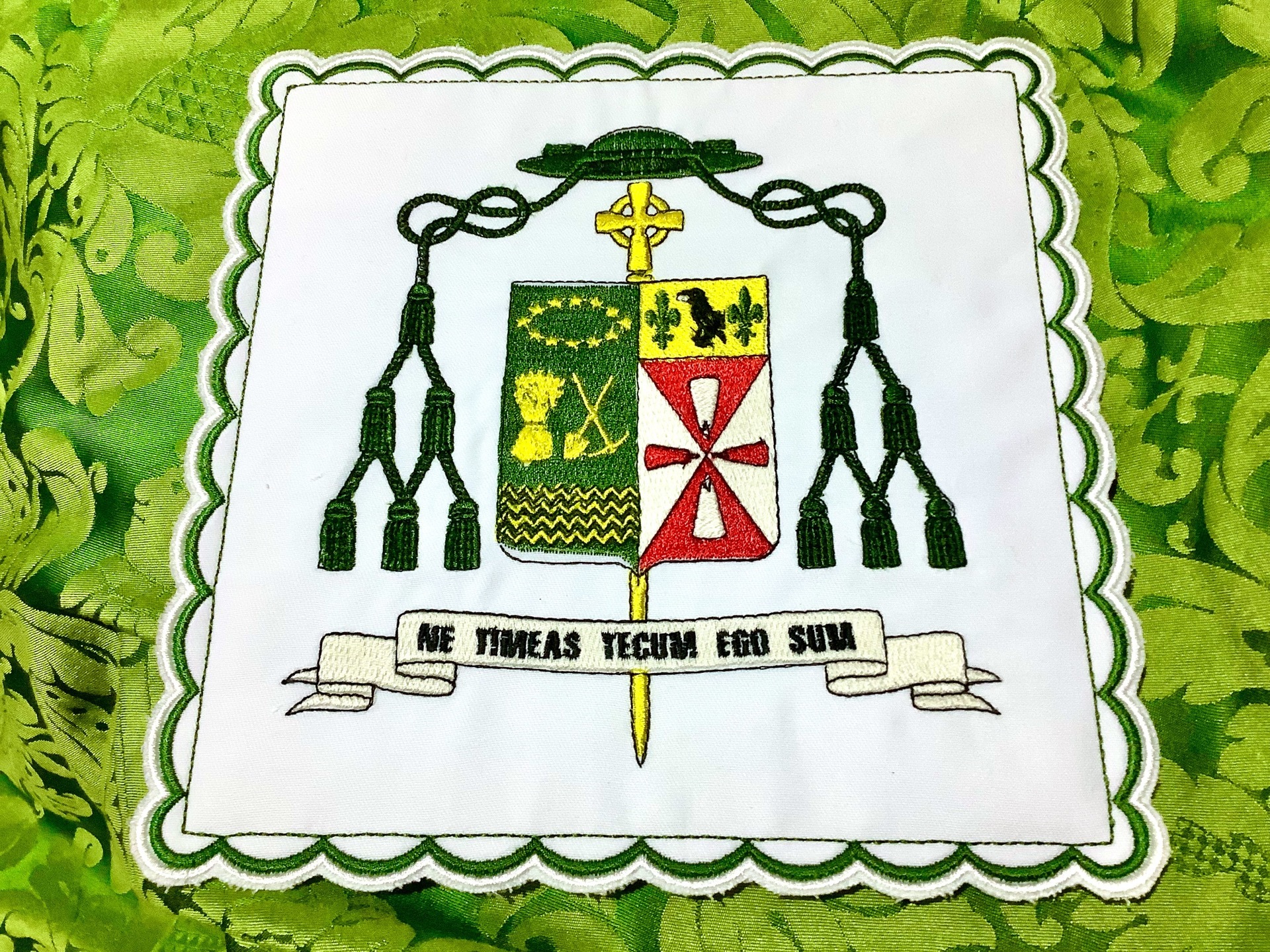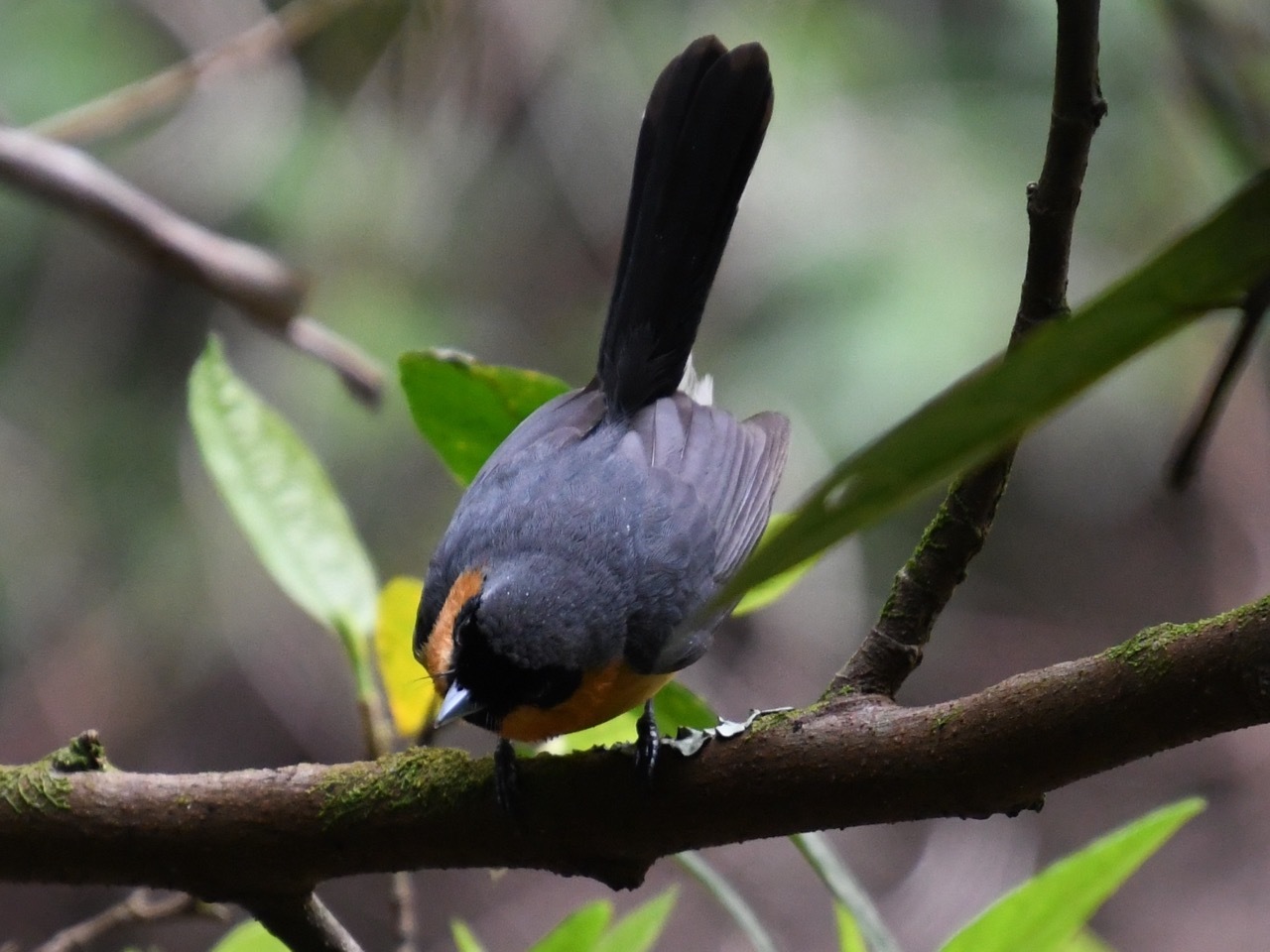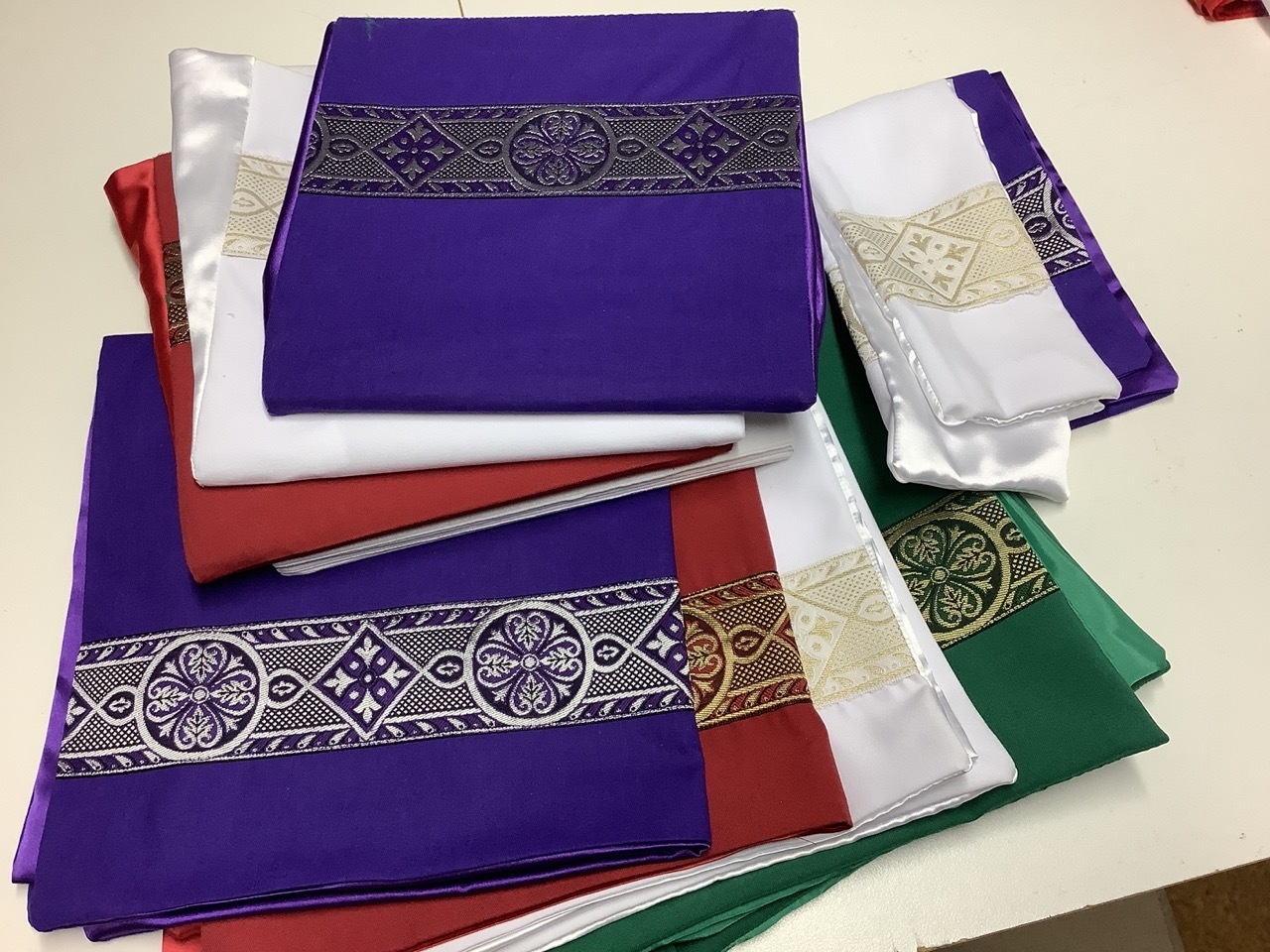Another embroidery that I did this last week. This time at a friend’s request, it is a bishop’s coat of arms. This time I could start with a high-resolution image from Wikipedia.



Above you can see the original artwork, what the embroidery design program thinks it is going to turn out to be, and then the final stitched product.
A little work had to go in after the automatic digitization of the original design. It leaves a lot of holes in, for example, the green and yellow background, which can cause problems of too many tiny stitches or lack of alignment, so I filled those in. Some of the smaller details were probably not going to work, so I deleted some of them. I also spent a while reordering the objects, so they were stitched in a more sensible order, or otherwise, it spends all its time casting off and moving to another area.
Still not perfect; there is a gap between the green area and the black lines above and below it. One of those things I would forever notice, but others might ignore or not notice. I could allow more pull compensation to fix this – lots of stitches in one direction tend to pull the fabric in, even with a stabilizer behind it, so the object can be extended in that direction to counter. Or maybe try changing their direction a little to spread the pull more.
Will I do any of that? I don’t know yet. There might have been a brief discussion about a mitre.

















































